
ABSTRACT by Lindsey Nette
We reached the edge of that forgotten dock and jumped, arms raised, into knee-deep grass. We wore rubber boots, and carried a camera strung to a kite. The dock was an unfinished fragment of a bridge. After crossing a dried up coulee it ended abruptly, two feet above the grass and some unknown depth above solid ground. I wondered how many tourists, after detouring hours off the highway to visit the park, had stopped here, startled by the deep murk below. They might have taken a snapshot, sighed at its immensity, then turned back to the car. What more could be out there? It was empty.
A Place in the Grass offers a series of reflections on how we navigate empty space and make our place within it. It observes how measures amass into patterns, and perceptions ultimately become place. It reflects on how the elements of place unfold on the landscape to orient us, but in many ways blind us instead. It unpacks the instruments that insist on harnessing a Prairie we’ve yet to discover.
In the margins of our measures, bypassed or cut off by our instruments, I’m searching for fragments where we can revive the act of discovery – where the unknown not only survives, but evolves. I’m operating on a hope (as all Prairie endeavors do) that these fragments, gathered and woven, might expand that empty park and its deep grass into an atlas: a quilting of marginal places where one can still get lost.
There is a fine line between belonging and being lost, a possibility that they are one and the same, and a fear that we are unable to distinguish either. In this context we build, anchoring against the undertow of what we assumed to be an empty space.
Supervisor:
Donald McKay
Committee Members:
Rick Haldenby, University of Waterloo
Dr. Tammy Gaber, University of Waterloo
External Reader:
Dr. Luna Khirfan, University of Waterloo, School of Planning
The Defence Examination will take place: Wednesday, June 12, 2013 10:00 AM ARC 2026
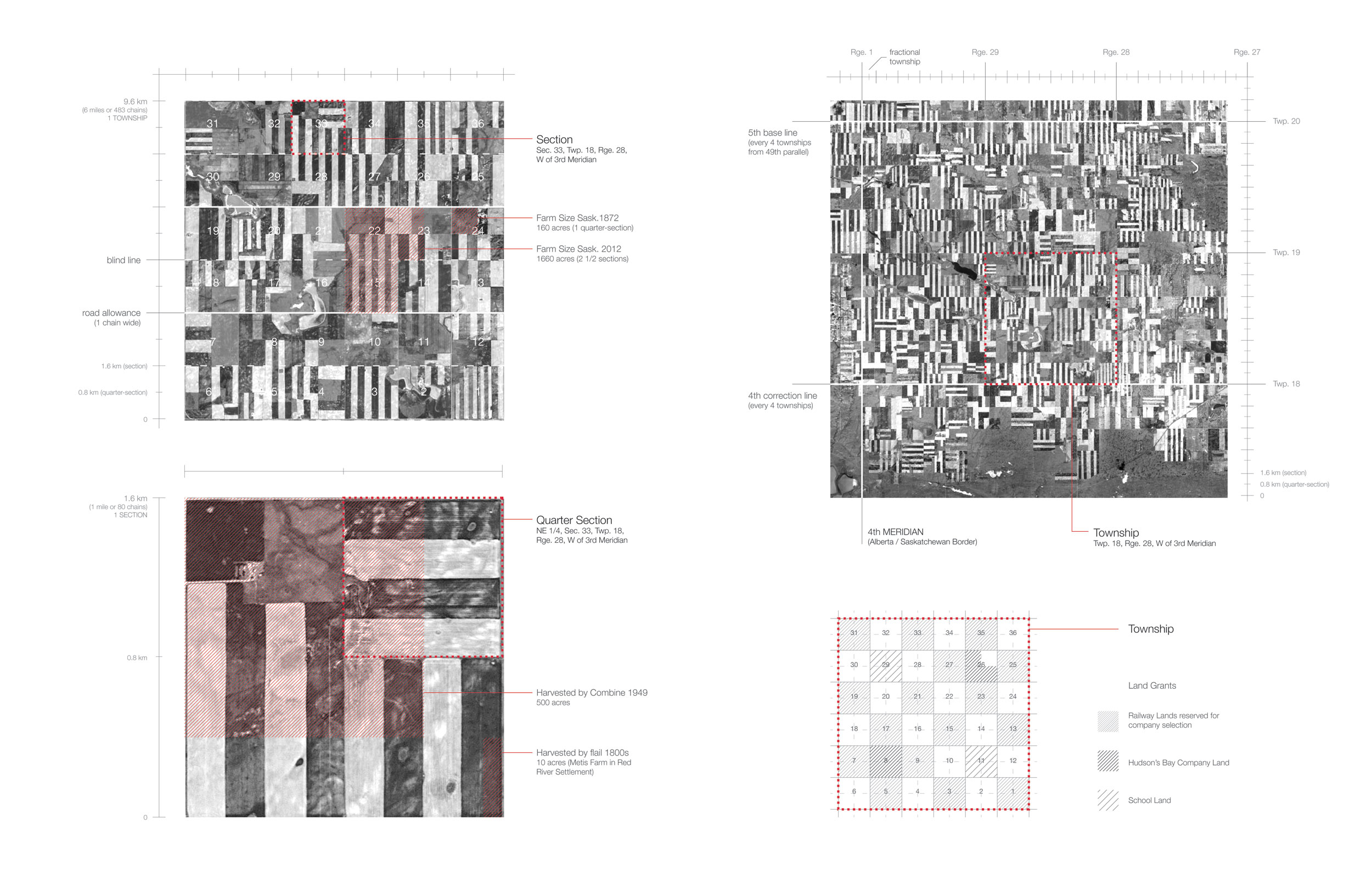
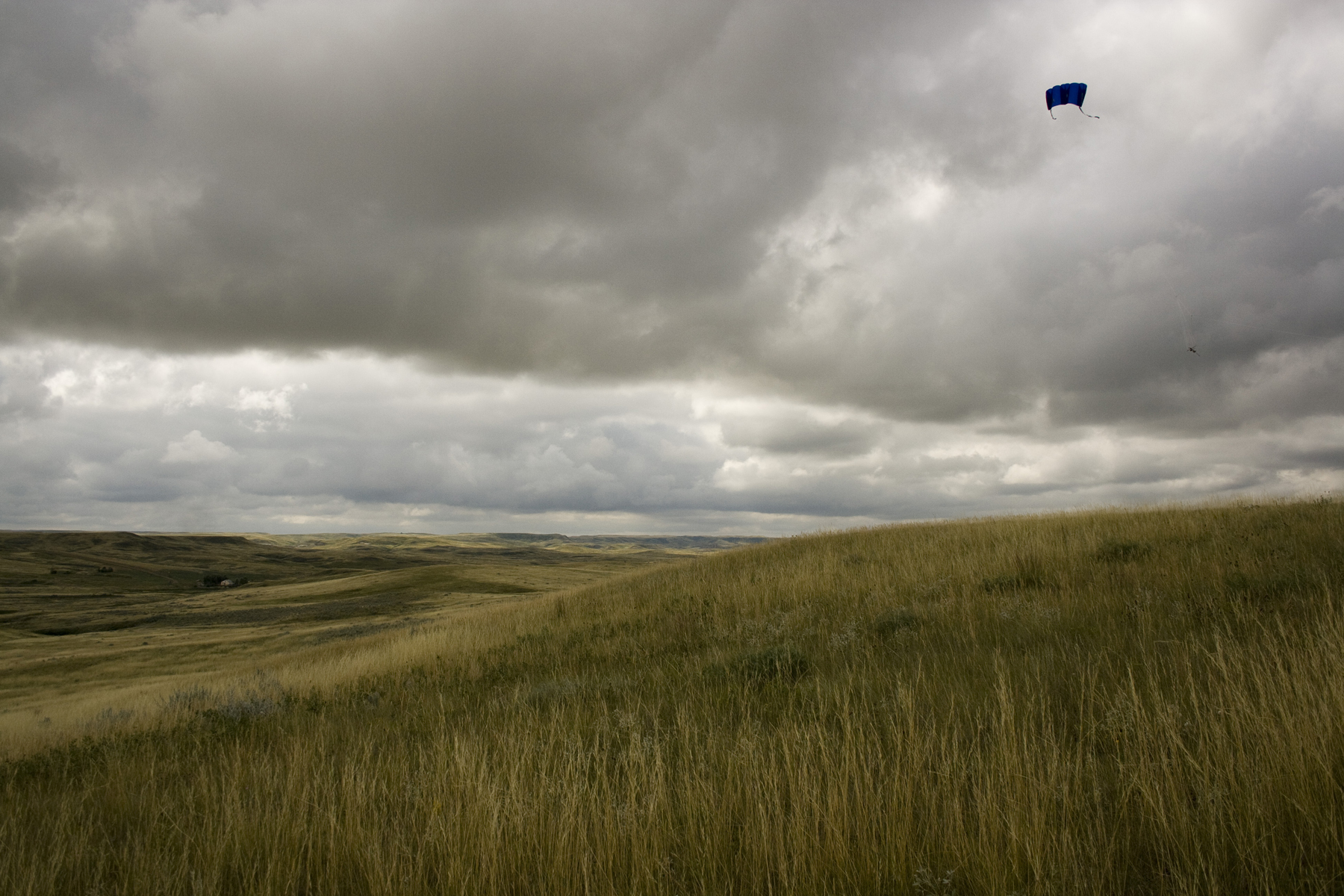
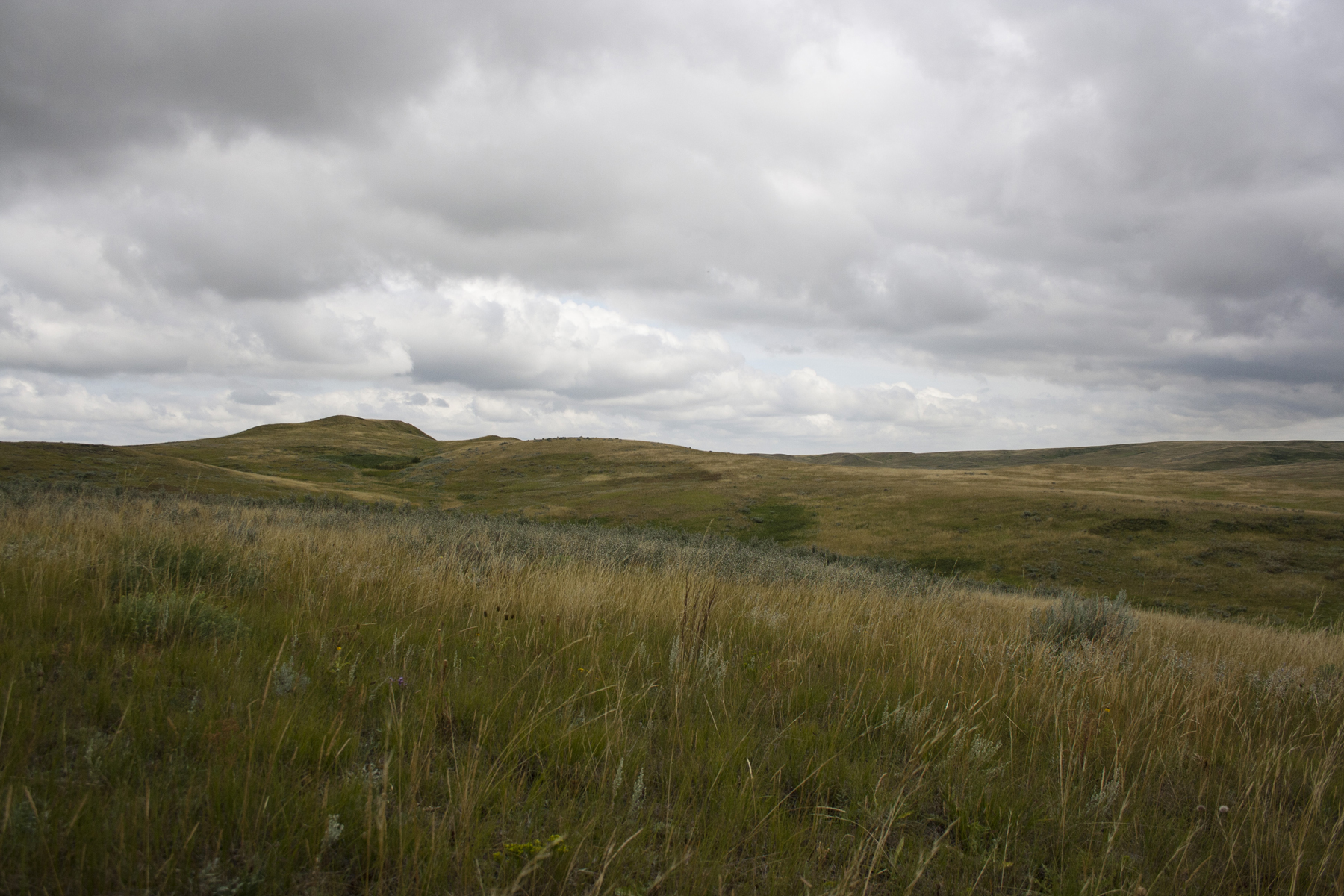

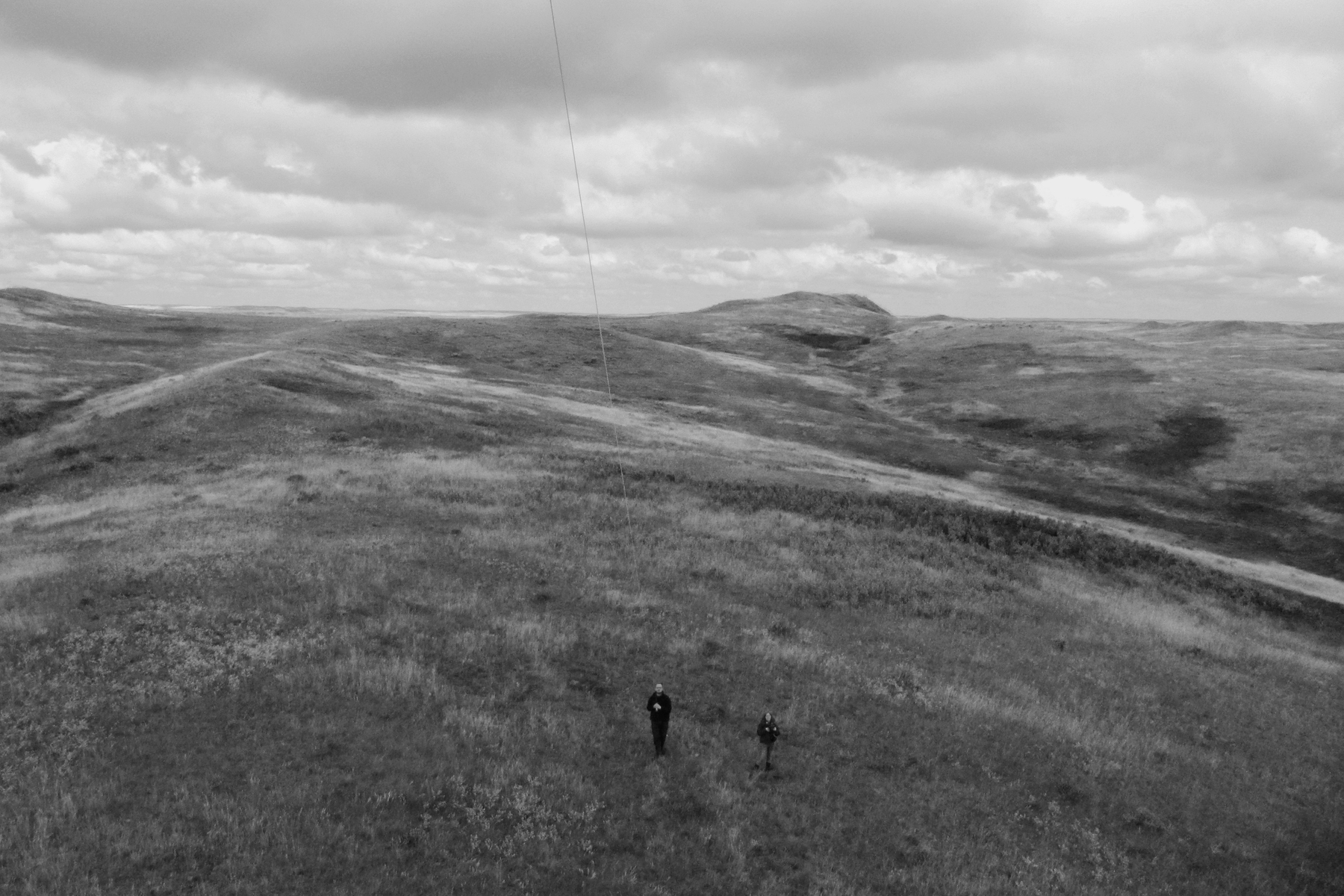



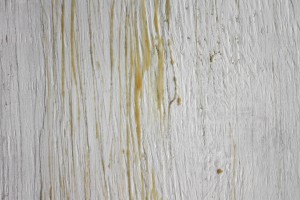
Leave a Reply